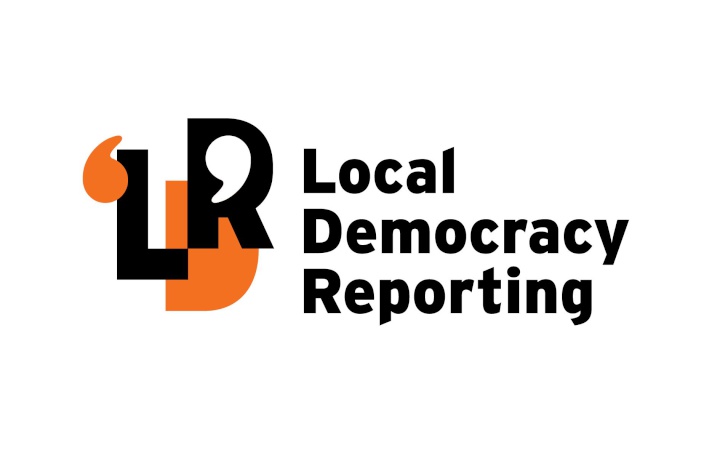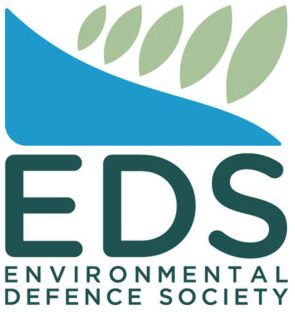For most urban properties in Masterton, rates are projected to rise between 5-7%, the council has confirmed in a report on its Annual Plan.
The average rural rates was projected to rise 12.6%.
With Masterton District Council voting by a majority not to consult on this year’s Annual Plan, it has instead released a report this week to set out progress on its 2024-34 Long-Term Plan.
Mayor Gary Caffell said good progress had been made on key projects including the extension and refurbishment of the library, extension of Waiata House, the future of the Town Hall, and the new animal shelter which was set to be completed in October.
An independent commissioner would hear submissions on the town hall demolition consent in mid-April before making a final decision.
Regarding the library, work was underway to secure a temporary site for the library to operate from while the remodel and extension was constructed.
Progress on the Waiata House extension was also advancing with design work being done by Architect Plus, in partnership with Masterton-based firm Silverwoods.
A concept design would be finalised in April with an updated delivery programme.
The Annual Plan report said new work scheduled to start this year included developing a sports facilities strategy that would explore the potential for ‘sports hubs’, and constructing larger raw water storage ponds at the Kaituna treatment plant.
Key variations from Year 2 of the Long-Term Plan included a steep 19% rise to deliver the council’s roading programme due to decreased Government subsidies and increased costs for roading work.
“The increase in roading costs is a major contributor to the projected rural rates,” Caffell said.
“We know that will be hard news to hear, but the Council is committed to maintaining and improving our roading network, which is key to our rural community.
“And we are working with other Wairarapa councils to explore options to have those contributing more to the damage of our rural roads, such as intensive heavy vehicle operations, to also contribute more to the costs of maintaining them.”
The council was currently aiming to rehabilitate 1% and resurface 5–7% of its sealed roading network.
Rehabilitation means rebuilding a road or fixing the underlying road structure.
The government’s target is 2% for rehabilitations and 9% for resurfacing.
The report said achieving these targets was “neither feasible nor affordable for Masterton, without even greater rates increases which the council is not proposing to do”.
There were also cost rises for water service delivery, insurance, and emergency management.
Draft budgets show personnel costs were budgeted at $15.5 million in Year 2 of the Long-Term Plan, but they would instead be 1.3% higher at $15.7m.
The council’s draft rates requirement statement showed the council would be spending less then it planned for in the Long-Term Plan budget, on: waste minimisation services ($59,500 less); parks, reserves, and sports fields ($276,500 less); animal services ($95,000 less); community development ($71,000 less).
The Long-Term Plan had also projected the council would have almost $85m in loans next financial year, however, draft budgets showed there would instead be $76m.
The council would finalise its Annual Plan in June.
-LDR is local body journalism co-funded by RNZ and NZ On Air



 Gordon Campbell: On The Government’s Latest Ferries Scam
Gordon Campbell: On The Government’s Latest Ferries Scam PSA: Disappointing Govt Attack On Diversity, Inclusion In Public Service
PSA: Disappointing Govt Attack On Diversity, Inclusion In Public Service NZ Labour Party: Govt Health And Safety Changes Put Workers At Risk
NZ Labour Party: Govt Health And Safety Changes Put Workers At Risk Amnesty International Aotearoa New Zealand: Democracy At Risk
Amnesty International Aotearoa New Zealand: Democracy At Risk Walk Without Fear Trust: New Sentencing Reforms Aimed At Restoring Public Safety Welcomed
Walk Without Fear Trust: New Sentencing Reforms Aimed At Restoring Public Safety Welcomed Rio Tinto & NZAS: Archaeological Project Underway From Historic Excavations At Tiwai Point
Rio Tinto & NZAS: Archaeological Project Underway From Historic Excavations At Tiwai Point New Zealand Deerstalkers Association: NZDA Urges Hunters To Prioritise Safety This Roar Season
New Zealand Deerstalkers Association: NZDA Urges Hunters To Prioritise Safety This Roar Season


